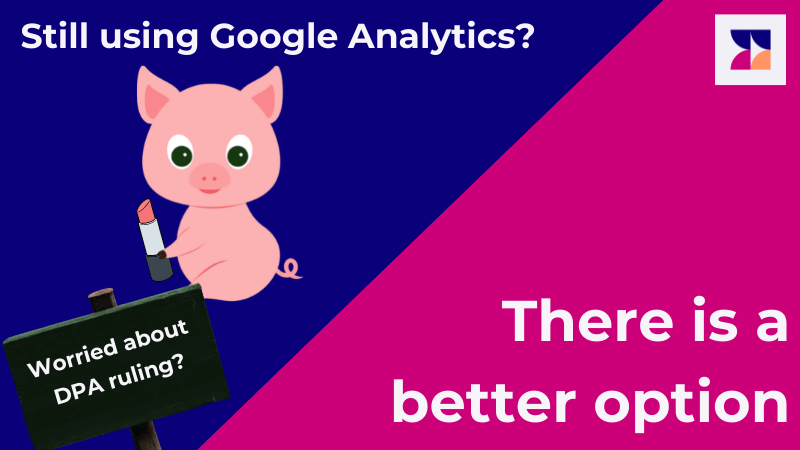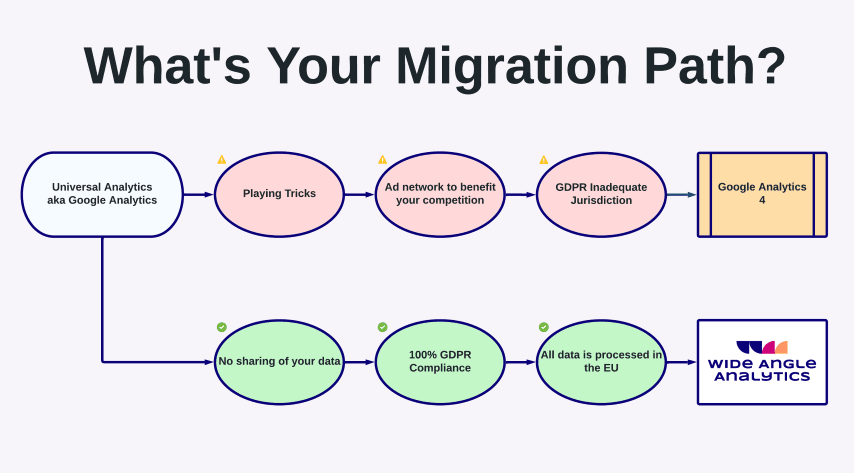Why Social Media?
In order to succeed as an owner of a small digital services business, you must stay up to date on the latest trends in internet marketing and advertising. Being a small business owner, by definition, my marketing and advertising budget is however modest. Traditional digital advertising tends to be costly and will generally only produce results after big budget spends. Social media on the other hand, promises results with a smaller investment. In order to maximize the return on my small marketing budget, I needed to find out which social media platform offered the biggest bang for my buck.
There were a few questions I wanted to answer:
- What are the top social media platforms, and why?
- Which of them would best suit my advertising needs?
- Which platform catered to my target audience?
- What kind of content does each platform excel in?
So I set out on my discovery journey and immediately fell into a rabbithole of information.
Rapid Change
I learned that the social media world is incredibly fast moving and ever changing. The social media landscape is literally changing as you read this. What is also rapidly changing is the role that social media plays in marketing and traffic generation.The post-pandemic years, as I discovered, have seen the role of “social marketing” rise to never before seen heights.
Social media user numbers have continued to grow unabated over the past year, with 326 million new users joining social media between April 2021 and April 2022. The average annual growth rate from 2023 to 2025 is forecast to be 3.7 percent1.
Because so many millennials grew up with social media platforms like YouTube and Vine (which was shut down in 2016), they were early adopters of newer platforms like TikTok and Instagram when they came out later on. Early adopters gravitated towards platforms that allowed them to create content themselves instead of just passively consuming content.
2022 in particular, has witnessed seismic changes within business investment in various social media referrers as well as massive growth in overall user numbers. There were over 4.5 billion social media users around the world in April 2022 . An astonishing number, which is likely to increase to around 6 billion by the year 2027. The latest figures indicate that well over 9 in 10 internet users now use social media on a monthly basis. This level of engagement has created a plethora of advertising, and marketing opportunities for the intelligent marketer2. That equates to annualized growth of 7.5 percent, at an average rate of more than 10 new users each and every second! To hit the point home, the world spends more than 10 billion hours using social platforms each day, which is the equivalent of nearly 1.2 million years of human existence3.
Those were certainly staggering numbers. I knew social media was very popular, but seeing these figures I felt optimistic.
Social media is primarily used to drive qualified web traffic.This referral traffic is defined as the number of people, within the target profile, reaching the desired destination, i.e., the company’s website/sales funnel. The keyword here is “qualified traffic” . However that usage model is constantly being expanded into brand recognition and the marketing of products that can actually be bought directly through the social media platform it is being advertised on.
What that means is that I need to create a profile or personna of my ideal customer. This would include things like demographic, socioeconomic, and Industry for example. Once I have developed this profile, I can then compare that to the social media users’ profile and select the platform that offers the closest fit. Easy right? I just needed to get a better understanding of each of the top platforms.
Social Media Platforms
Most social media platforms offer a comprehensive suite of tools specifically designed for advertisers to manage their presence on said platform. This includes things like, geographic, demographic, socioeconomic, political leanings and other types of targeting, as well as behavioral targeting based on user preferences within the social media platform and perhaps controversially, user activities being tracked, across the web. This chart was an eye opener for me as I did not realize the depth of detail social media platforms gather on their users.
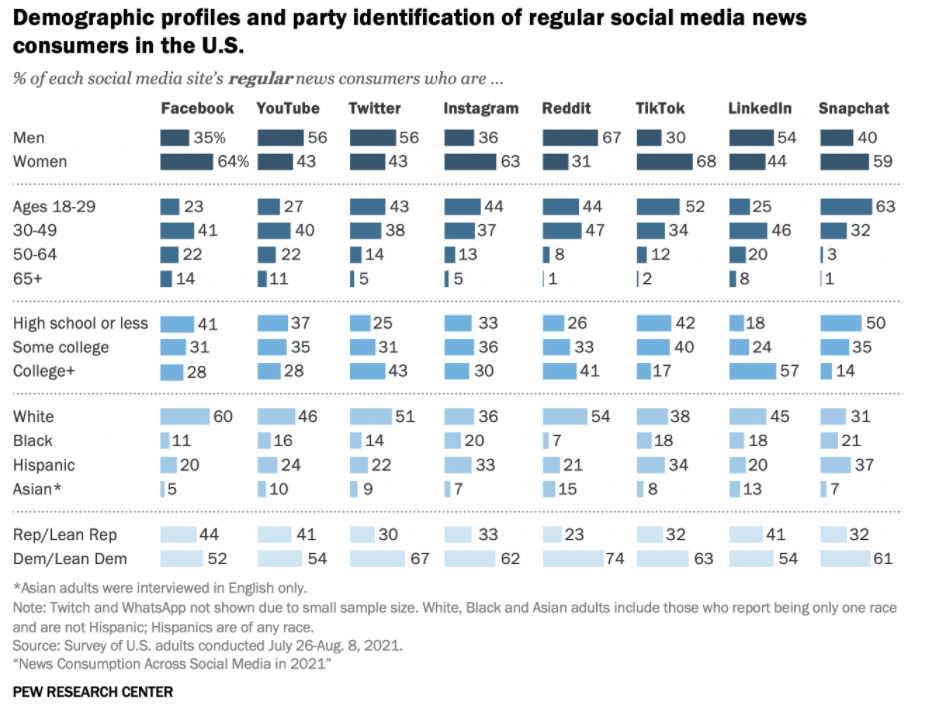
Top Social media platforms used by marketers in 2022
Finding out who the top social media platforms were was relatively easy, and as I had suspected Facebook, the original social media giant continues to be the largest platform by far and is still the dominant force in social media marketing today albeit many other platforms have begun nipping at its heels. What most people told me is that Facebook is effective for local brands and businesses; if the target audience is above 40 years old.
Although my target audience falls within the age range, I am not what you would consider “a local business” as I am not geographically constrained in terms of the services I offer.
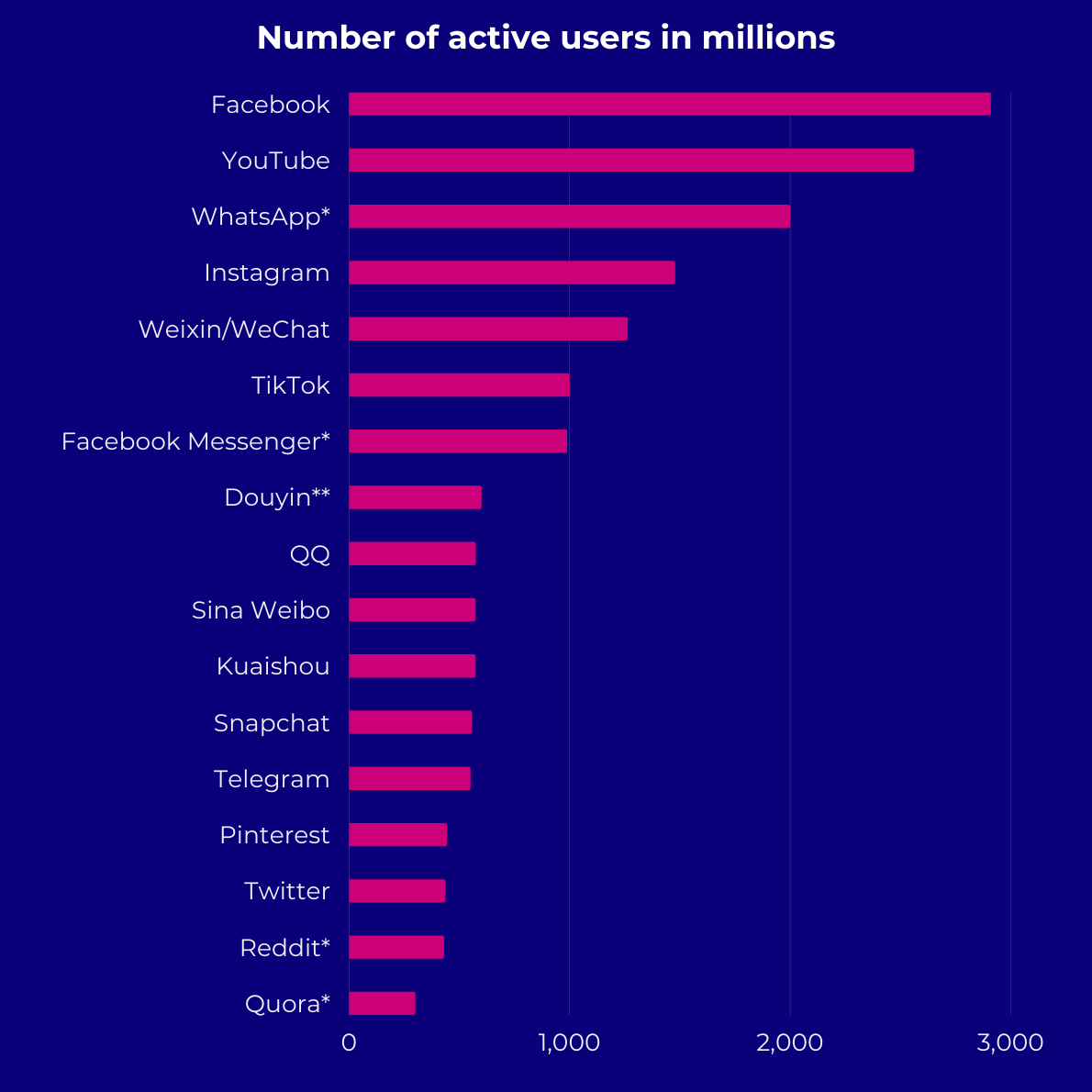
Number of active social media users in millions 4
Next on the list was Instagram. Doing some digging, I discovered that it had pivoted heavily into video since the start of the pandemic. Artists, musicians, and ordinary people at home have embraced its video capabilities producing vast amounts of content using reels. While some see them as Instagram’s attempt to tackle TikTok’s short video collages, they also provide a great way for brands to reach their scrolling audience.
Advertiser tools such as link buttons, paid ad tags, and collaborator tools, allow advertisers to post on more than one page at a time. Brands can even add user generated content to their shopping pages. It also gives users the ability to shop from within the platform.
Compared to Facebook, 36% of Instagram users follow brand and company pages as opposed to only 19% following brand pages on Facebook. Purchase intent is higher on Instagram than on Facebook. The engagement rate is also higher. Instagram, out of all social media platforms, knows our shopping habits very well, making it one of the most effective social media traffic sources in 2022. Instagram is akin to an eCommerce platform; offers higher organic engagement rates allowing marketers to influence purchasing decisions.
So based on that, it feels like Instagram is better suited for organizations who are promoting a brand or a specific product. Being a digital consulting agency, I didn’t feel like Instagram was right for me. On top of that, to have a chance at succeeding, It required me to have video production capabilities which I do not currently have.
Third on the list of most popular social media platforms we find TikTok, the Chinese-owned app formerly known as musical.ly, is hard to avoid these days as it’s the fastest-growing social media app in the world. At its core it’s a video-sharing app that lets users create their own short videos, which can be up to 15 seconds long. The platform has become incredibly popular with teens and young adults, who use it to post funny videos of themselves lip syncing to music or showing off their dance moves. TikTok is all about the audience. The platform has some of the most engaged users out there, and that’s because it’s easy to use and fun to try out.
As a result, TikTok’s monthly active user base grew by 13.5% in Q1 2020 year-over-year (YoY).TikTok also has an extremely large female audience—about 71% of its users are women between the ages of 13–24. Which is great for businesses whose main target audience is female5.
My target profile has no preference on sex, and is mostly older than TikTok’s audience, so I moved on to the next platform Linkedin. LinkedIn is a social network for professionals. It puts advertisers in front of people they may want to do business with, and it helps them make connections with people who can help their company grow.
LinkedIn has over 500 million members in 200 countries and territories, making it the world’s largest professional network. LinkedIn is an excellent way to connect with people and build up a business.
In contrast to Facebook. Linkedin can be used to connect with people from specific industries. Facebook has 2.6 billion users, but only 75 million of them use Facebook for business-related reasons, whereas LinkedIn is almost exclusively used by professionals for business purposes.
LinkedIn is starting to sound like what I am looking for, but let’s keep searching.
When it comes to b2b marketing, LinkedIn is a powerful tool for building trust with prospects. If I was going to convince someone that they should buy my services, then it helps if they feel like they already know and respect me as an expert in my field.
This can be achieved by connecting with people who are interested in what I do and engaging with them professionally through their posts or even messages.
The cherry on top is that LinkedIn ads can be targeted by interest, title, skills and location. I can also target my LinkedIn campaigns by keywords that prospects may have in their profiles such as industry, job title and schools attended. Hmm that sounds very close to what I am looking for, and I could have stopped my hunt here and called it a day, but all this digging has aroused my curiosity and I wanted to find out more. So on I went to the next contender on the list.
Twitter is another social media platform that lets businesses share their views, promotions, and products with their target audiences. All within a 280 character limit. Companies use Twitter to engage with a wide array of potential customers from around the globe. In fact, more than 300 million monthly active users are on Twitter6. Twitter is used to share ideas, real-time information, and to ingest trending news. While some portion of users may use Twitter to connect with friends and family, the majority uses it for a bigger purpose, which is to connect to the wider world and discover what’s happening. Elon Musk called it the world’s de facto public town square7.
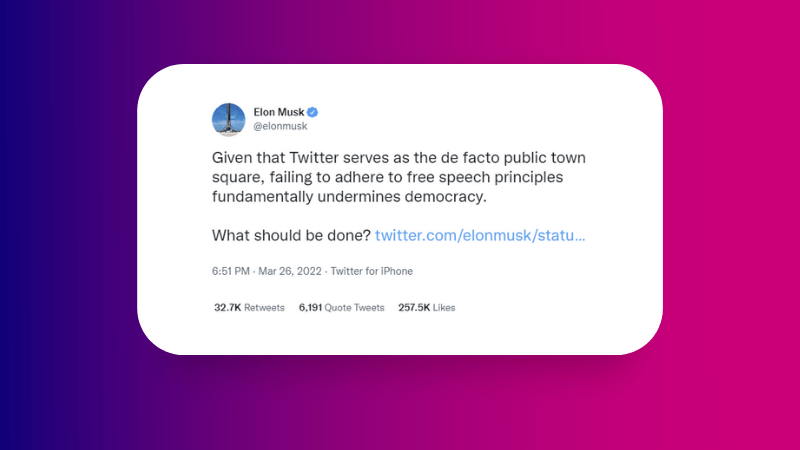
So If I were to use Twitter for my business I would use it as a way to send out announcements and other communication to my existing clientele. I could also use it to highlight user testimonials on my services. This is a double edged sword here, as bad service is much more likely to receive a testimonial than good service. I concluded that there is a place for Twitter in my social media marketing mix.
Next on my list is Snapchat. Snapchat began its journey in 2011, and as of this year, Snapchat is one of the top 15 social media platforms globally.
Snapchat is a messaging app mainly used for sending images, videos, and text messages that will automatically disappear in a few seconds. It has several interesting features including Stories (photos or videos that can be replayed for 24 hours), Memories (saved photos for future viewing and sharing), as well as fun filters and stickers that are used to make the messages more engaging.
These features provide a direct path to reaching millennials and Gen Z while driving them towards a particular business or brand. Snapchat’s Snap Map, used for location-based marketing, makes the platform a good choice for optimized, geo targeted, and social traffic acquisition as users can find businesses within their proximity.
Industries that are well positioned to benefit from Snapchat are beauty salons, fitness centers, concerts, hotels and restaurants as well as other service oriented industries. Currently there are 319 million users active on Snapchat per day. That translates into millions upon millions of Snaps created, sent, and seen daily. Based on this assessment, I didn’t feel like Snapchat had a place in my marketing strategy.
Now we have reached the end of my shortlist of social media platforms, I could have kept going, but alas, I had invested a lot of time doing this research and felt like I had enough information to make a reasonably informed decision.
Which social media platform is right for me?
While this is a complex question that depends on many factors such as the type of business, brand or product being promoted, the target audience, and content generation capabilities. Every platform has a unique set of features that make it fit for purpose.
That being said, I chose to go with LinkedIn for my main social advertising vehicle for a number of reasons:
- I run a consulting agency, and my main target is other small businesses or startups. This puts me squarely in the B2B category where LinkedIn excels above the rest.
- I can keep putting my company out there for exposure by participating in various relevant discussions within the platform which does not cost me anything.
- Many of the decision makers, who will ultimately decide to buy my services are on LinkedIn and that offers me a direct path to them, bypassing the traditional pitching process.
Social media platforms have evolved, developed and exploded in popularity since their inception. Today, social media is not just a way of connecting but has also become a primary path of introducing your business to the public. As I discovered, each platform offers a unique experience for both users and advertisers. Savvy marketers will be well served to use the vehicle best suited for their specific advertising goals. I believe that social media will continue to be the top destination for traffic generation and user engagement for many years to come.
Sal is the managing director at Asterlab, a boutique consulti
Footnotes
- https://www.oberlo.ca/statistics/how-many-people-use-social-media ↩
- https://datareportal.com/social-media-users ↩
- https://www.smartinsights.com/social-media-marketing/social-media-strategy/new-global-social-media-research/ ↩
- https://www.statista.com/statistics/272014/global-social-networks-ranked-by-number-of-users/ ↩
- https://www.businessofapps.com/data/tik-tok-statistics/ ↩
- https://financesonline.com/number-of-twitter-users/ ↩
- https://twitter.com/elonmusk/status/1507777261654605828 ↩


